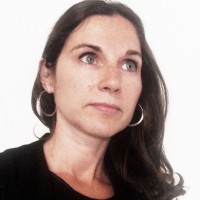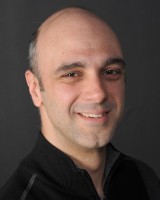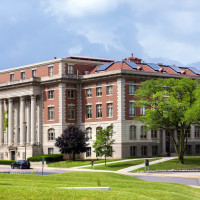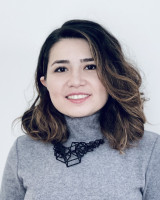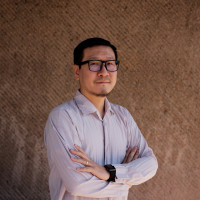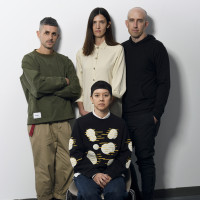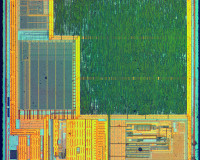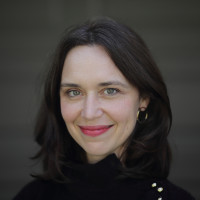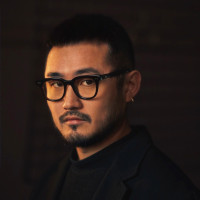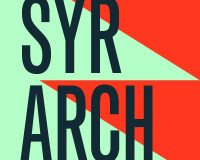“As developing countries struggle with rapid urban population growth and the negative effects of globalization,” says Germirli, “many cities have unique historical heritages that are being compromised. We need to be willing to recognize preservation needs while responding intelligently to the pressures of urban growth. Change is inevitable, but doesn’t require the sacrifice of history.”
For Germirli it’s all about striking a balance in order to provide meaning for future generations. For that to occur, she contends that history and culture play a significant role in the pursuit of continuity in the face of change. Contemporary response must leverage the special character of the historic environment while contributing to the genius loci through sensitive introduction of modern architecture.
Of particular concern to Asli Germirli are modernization efforts taking place in her homeland of Istanbul, Turkey. For the past year, she has focused her senior research efforts on the Hans District in the historic peninsula of Istanbul, a UNESCO World Heritage Site. Germirli presents an urgent argument that efforts to preserve the district “insure the conservation of the Ottoman han typology, along with its unique architectural, socio-economic, and commercial identity.”
In late April, Germirli will present her thesis, “The Ottoman Han: Recovery of a Lost Typology” at Syracuse Architecture. Of special significance, Germirli has been selected to do a poster presentation on her research at the upcoming Meeting of the Minds, to take place April 8-10 at Syracuse University. Meeting of the Minds is an annual conference that focuses on undergraduate research and scholarship at the 15 ACC member schools. The conference has become an opportunity for universities in the ACC to highlight the diversity of research being conducted by academically outstanding undergraduates, and for students to share their work with peers across the ACC. Prior to selection, students face a strict refereeing process. Asli Germirli’s selection by Syracuse University is a high honor. Only three students are selected by each school to do a poster presentation.
“As an international student, it is a great honor for me to be selected to represent my school and share my ideas with other inspiring peers,” says Germirli. “I’m thrilled to be presenting a project that draws attention to my hometown, Istanbul, and opens up a conversation about the potential of this rooted, architecturally rich city.”
Professor Randall Korman is Asli Germirli’s thesis advisor. “Asli is the kind of thesis student any faculty member would wish to have as an advisee. Her enthusiasm, talent and dedication make working with her a pure pleasure,” says Korman. “Her project is the perfect blend of tradition and modernity. Through the balancing of the needs of historic preservation with the ambitions of contemporary design, she has created a project that looks both to the past and the future. In doing so, her imaginative proposal speaks to fundamental issues facing historic districts everywhere.”
While at Syracuse Architecture, Germirli has found the learning environment to include a mix of inspiration, academic and creative challenge by faculty, as well as travel opportunity. She explored interest in cross-cultural dynamics through coursework at SU Abroad’s Istanbul center in summer 2013; she studied design in the school’s London program in spring 2014. Two summer internships in Turkey brought additional opportunity.
“Upon graduation,” says Germirli, “I plan to return to Istanbul where I can utilize the skills I developed through my education at SU to create impact on the architecture field. In the long term, I would like to work on increasing the awareness around conservation of cultural heritage. I am really interested in exploring continuity in architecture; reviving and passing onto the future generations a mutually beneficial relationship between old and new.” (by Elaine Wackerow)





